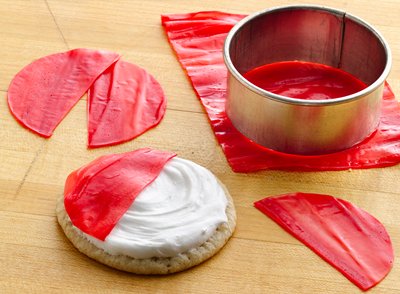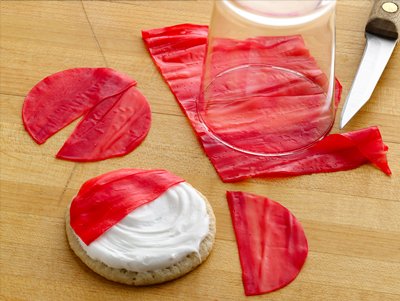Cinnamon Nutmeg Toothpaste – Calcium
Carbonate Base
2 tablespoons calcium carbonate (make your own by following this belowl)
1 teaspoon baking soda
1/4 teaspoon xanthan gum (optional)
1/2 teaspoon xylitol
2 tablespoons extra-virgin coconut oil
1-2 teaspoons water (hydration rates may vary greatly according to region and
personal preference – start with 1 and go from there)
3-4 drops cinnamon essential oil
2-3 drops nutmeg essential oil
Whisk together the dry ingredients:
the calcium powder, baking soda, xanthan gum, and xylitol. Using a fork, blend
in the coconut oil until uniform. Add the water and the essential oils and use
a whisk to stir it very briskly. Make it as smooth as possible and add more
water or calcium a bit at a time, if necessary. Spoon into a small pastry bag
fitted with a screw-on cap, a small sandwich baggie with the corner cut off, or
other squeezable container. You may also thin it with an extra teaspoon of
water and place it in a pump bottle.
Cinnamon & Nutmeg Toothpaste – Clay Base
(This is my homemade version of Earthpaste – definitely check it out if you’ve
never tried it!)
4 tablespoons bentonite clay
1 teaspoon xylitol, more to taste
1/4 teaspoon fine sea salt
2 tablespoons hot water
3-4 drops cinnamon essential oil
2-3 drops nutmeg essential oil
Whisk together the clay, xylitol, and
sea salt. Add the water and essential oils and whisk vigorously until a thick,
uniform paste forms. Spoon into a small pastry bag fitted with a screw-on cap,
a small sandwich baggie with the corner cut off, or other squeezable container.
I’ve seen others use small mason jars, but I personally prefer something
squeezeable. Be aware that the clay will thicken over the course of a few days.
Calcium is an essential
mineral for proper and healthy body function, as I mentioned above. By
ingesting it, we ensure adequate amounts are available for proper body
function. By using it in toothpaste, it is a mild-but-effective abrasive and it
creates a lovely creamy base.
Bentonite clay is an edible clay
that is not only chock full of essential minerals our bodies crave, but it
helps rid our bodies of toxins. In toothpaste, it also functions as a gentle
abrasive. (Read “Clay As a Natural Home
Remedy (Yes, Really)”)
Unrefined sea salt & baking soda are both gentle
abrasives. (If you’re worried they might be too abrasive, check out their RDA values here.) More than that,
however, they are crucial for neutralizing the acids around your teeth. As
bacteria grow through the day by feeding on the sugars of food debris in your
mouth, their wastes create an acidic environment, which eats away at tooth
enamel, creates halitosis, and can enflame gums. The salt and baking soda do
the very important job of neutralizing those acids.
Coconut oil gives a nice
“mouthfeel” to the toothpaste and provides a good consistency to the mixture,
but more importantly, unrefined coconut oil has strong antibacterial and
antiviral properties that help keep the bacteria at bay.
Xylitol is included as a
sweetener to make the toothpaste more palatable. Typically sweetener in a
toothpaste would be a big no-no, as we’re specifically trying to reduce the
sugars on the teeth, but xylitol is a bit unique and I’ve seen a number of
holistic dentists recommend it
specifically to prevent tooth decay.
Xylitol is a slightly contentious
ingredient, however, for how it is metabolized by the body when ingested, but
due to my own research and decision-making process, I’m comfortable using it in
this recipe. If you prefer to avoid it, you may use stevia, but be sure
to check the stevia’s ingredient list for glycerin, as glycerin is highly
undesirable in toothpaste. Glycerin coats the teeth to prevent
stains, but it simultaneously prevents teeth from repairing themselves. It takes up to 30 times
longer to brush off, as well.
Xanthan gum makes the paste
more “gummy” and more like conventional toothpaste. It is optional and is
included just for texture.
Essential oils are included not
just for flavor, but for their antibacterial and healing properties as well.
Our caveat and disclaimer: Since
essential oils in this application are used in a medical capacity, be sure to
source pure oils – avoid fragrance oils that are more appropriate for
cosmetics, such as making soap. Since we’re not ingesting the
toothpaste in large quantities and only use a small amount of this recipe at a
time, the amounts we call for here are designed to be safe even for young
children, but keep in mind to use essential oils sparingly and carefully. Pure
essential oils are extremely potent and can have serious side effects if
ingested in large amounts (“large amount” can even be a teaspoon or so,
considering their potency). For example, nutmeg oil is on par with certain
heavy drugs and can cause delirium and hallucinations when taken in large
doses. If you have any questions about your personal health, the efficacy of
using pure essential oils, or are pregnant, contact a certified aromatherapist
or other knowledgeable professional to help you decide which to use.
All the Flavors of the Rainbow
I’ve had a lot of fun playing with
flavors as I’ve tested and tweaked and used these toothpastes over the last few
months. Here are several I found especially invigorating… or at least interesting!
Update October 29, 2012: I recently
discovered the company from which I previously purchased cherry essential oil
no longer exists and I cannot find another company that makes it! So…. I’ll
reformulate and post my updates when I’ve come up with something new for those
popular kid-favorite flavors. Stay tuned!
Remember to use pure essential oils
with any of these formulations, and please adjust amounts to your family’s
preference!
Vanilla Peppermint – 10-12 drops
peppermint essential oil + 4-5 drops vanilla essential oil (pure vanilla
extract may be substituted occasionally for the water in the recipe, but
considering vanilla is extracted in alcohol, a form of sugar, be sure to rinse
well afterward and don’t use with every batch)
Cherry & Chocolate (a kid favorite!)
– 12-14 drops cherry essential oil + 6-8 drops cocoa essential oil
Alternatively, cherry + almond
can be really lovely – 12-14 drops cherry essential oil + 5-6 drops sweet almond
essential oil (avoid both bitter almond oil and sweet almond carrier oil in
this application)
Green Tea & Wintergreen - substitute
strongly brewed green tea for the water in your recipe + 10-12 drops
wintergreen essential oil
For a stronger green tea flavor and
additional plaque protection, you can add 1 teaspoon dry matcha powder to
either recipe, but due to the high cost of pure matcha, it’s definitely an
optional ingredient!
Bergamot & Cardamom – 8-10 drops each
of bergamot essential oil and cardamom essential oil
Sweet Orange & Cocoa – 8-10 drops each
of sweet orange essential oil and cocoa essential oil
Licorice & Clove – 10-12 drops of
anise essential oil + 4-5 drops of clove essential oil
Juniper & Tea Tree Oil – 10-12 drops of
juniper essential oil + 8-10 drops of tea tree oil
Clary Sage & Chamomile – 6-8 drops of
clary sage essential oil + 8-10 drops chamomile essential oil
How to Make Eggshell Calcium (and Why You’d Want to)
Calcium is the most abundant mineral
in our body.
While most of our calcium resides in
our bones and teeth, it’s also important for muscle contraction, nerve health,
enzyme activity and cell formation.
In fact, our bodies need ample,
daily amounts of calcium… and if we don’t get what we need, our bodies have no
problem pulling excess stores from our teeth and bones.
So, let’s just say we want to be
sure we’re consuming PLENTY of calcium, especially if we are a pregnant or
nursing mama!
In my experience, I do best
consuming approximately 2,000mg of calcium a day. I feel the most calm and
balanced and don’t suffer from muscle soreness or body stiffness. High-quality
organic, and preferably raw, dairy products are phenomenal sources of calcium
as are bone broths, fish bones, and even almonds.But since I would need to
drink 2 quarts of milk to hit this quota, I sometime rely on a calcium
supplement, especially when I’m nursing or pregnant.
Which one to chose? Calcium citrate?
Hydroxide? Gluconate? Aspartate? Or Coral Calcium? And, I could go on!
But as natural mamas, we know that
the best source is FOOD since it’s the mostly easily accessible for the body.
Did you know that eggshells are a
great, inexpensive, natural source of calcium?
Yes, EGGSHELLS!
High-quality eggshells contain 27
essential microelements but they’re mostly composed of calcium carbonate, a
form and structure that’s very similar to our bones and teeth.
In animal and human tests, eggshell
calcium shows increased bone density, less arthritic pain, and even stimulates
cartilage growth.
Ingredients and equipment:
1 carton of organic pastured chicken
eggs
If you can get fresh from the farm,
even better and try to get eggs from chickens that don’t eat soy. Pay the extra
price since this will serve as a supplement and is much cheaper than buying
calcium tablets. Confused how to find or know if eggs are good quality? Here’s
a tip… the thicker the shell, the more nutrients. I don’t have a good source
close to where I live so I order mine from
Tropical Traditions and their farms in Wisconsin. I love theirs because they
are SOY-FREE, something very hard to find in store bought, even organic eggs.
1 stock pot
1 coffee grinder
1 small Mason jar with secure and clean lid
Directions
Use up your eggs as you normally would, keeping the shell in the carton to make
your supplement
When you have your dozen shells, rinse
them well in water. Remove any whites that might be stuck but don’t remove
membrane as these have extra nutrients.
Fill a stock pot with approximately
6 cups of filtered water and bring to a boil.
Carefully put your eggshells into water. (This will kill any harmful pathogens)
Let cook for 10 minutes.
Drain shells.
Spread the shells on glass or stainless steel baking sheet and
let dry overnight. In the morning, put in a 200 degree oven for about 10
minutes to completely dry out.
Once completed, put a few shells
into a coffee grinder and run until they are pulverized into a granular form.
Continue until all of your shells are powder.
Store in a tightly sealed Mason jar
in the cupboard away from heat or moisture.
How to Consume
1 tsp. contains approximately 800-1,000 mg. of calcium. Consume by mixing in a
small amount of water with a meal. Consume 3/4 to 1 tsp daily, divided in 3
servings with meals. Don’t consumer more than 1 tsp a day as it can irritate
sensitive digestive tracks.










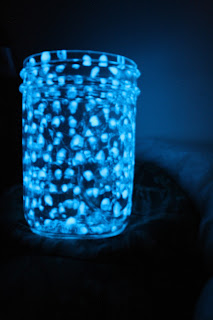




















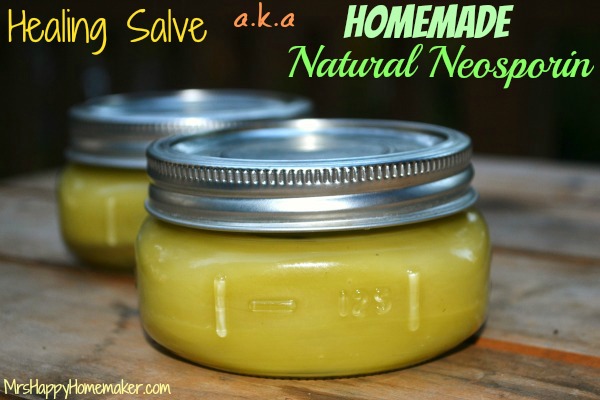
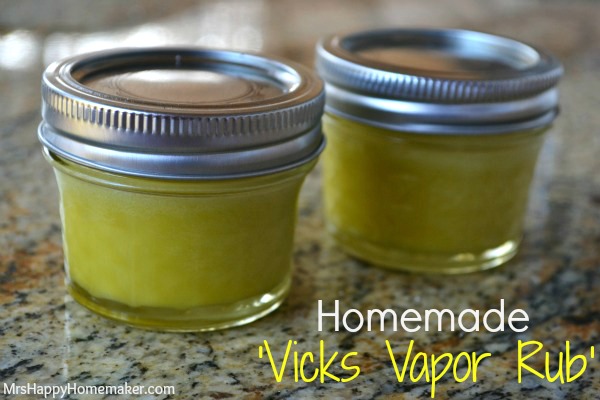
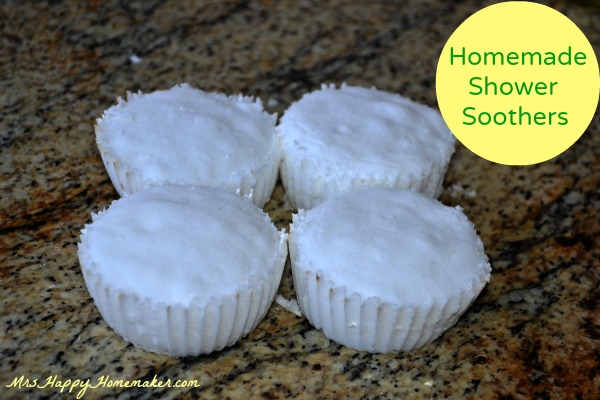
.jpg)

